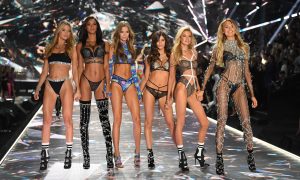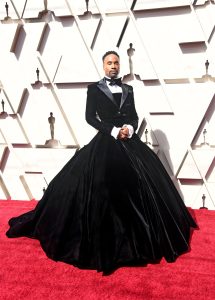
Exercise is a dreaded activity for most but for some, the idea of gaining a booty and experiencing an orgasm makes excising more appealing than ever.
A Victoria’s Secret model boldly reported experiencing an orgasm while doing squats!… this drove the internet bananas! The idea of experiencing an orgasm in the gym was a foreign idea, so the tabloid and women around the world hit the gym hoping to experience an orgasm, CRAZY I know.
Interestingly, there are a set of exercises known as ‘Corgasm’ where researchers promise a less intense version of vaginal orgasm. The steps to experiencing these interesting side effects to excising start with at least 30 minutes of cardio excise which activates the sympathetic nervous system making one more likely to ‘corgasm’. After the 30-minute cardio workout, it is suggested that you immediately go into some intense ab workouts. They suggest keeping up these intense ab workouts even when the core muscles reach maximum capacity. After muscle fatigue is reached, you will be on your way to the promised O world!!!
The gym as a new location to search for orgasm for women shows the long-standing struggle which is women experiencing an orgasm far less frequently than their male partners. I think it is interesting that of all places the gym is sucked into the search for an orgasm. Excising is great and all but telling women that a gym is a place they can experience an orgasm shows the lack of effort in our society to teach healthy sex education. Women are again given the responsibility of figuring out the best possible way to experience an orgasm rather than teaching their partners how to meet their needs. The gym is sexualized I think with reports of weirdos staring at women running on the treadmill to the type of workout clothes promising that you will get attention from your gym crush.



